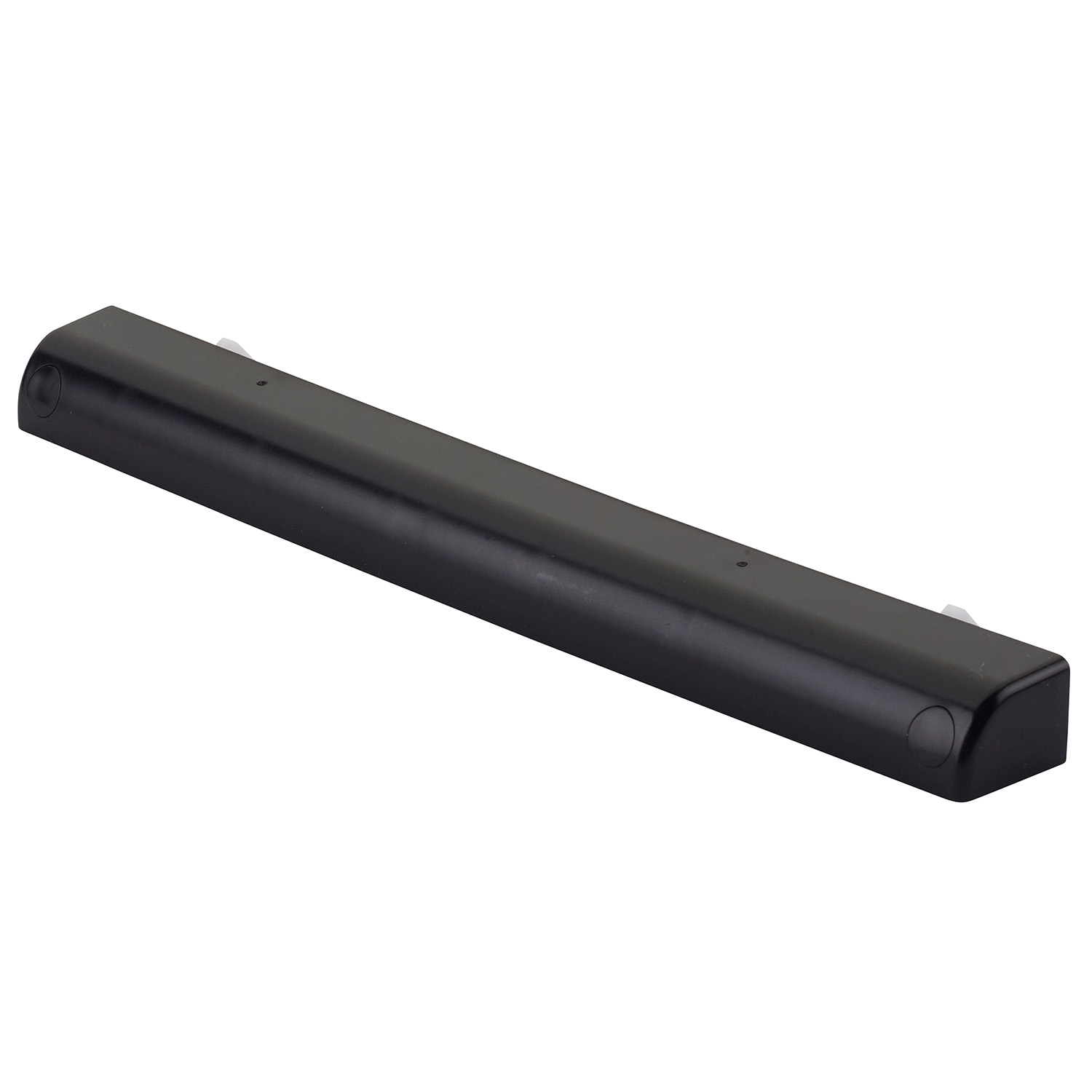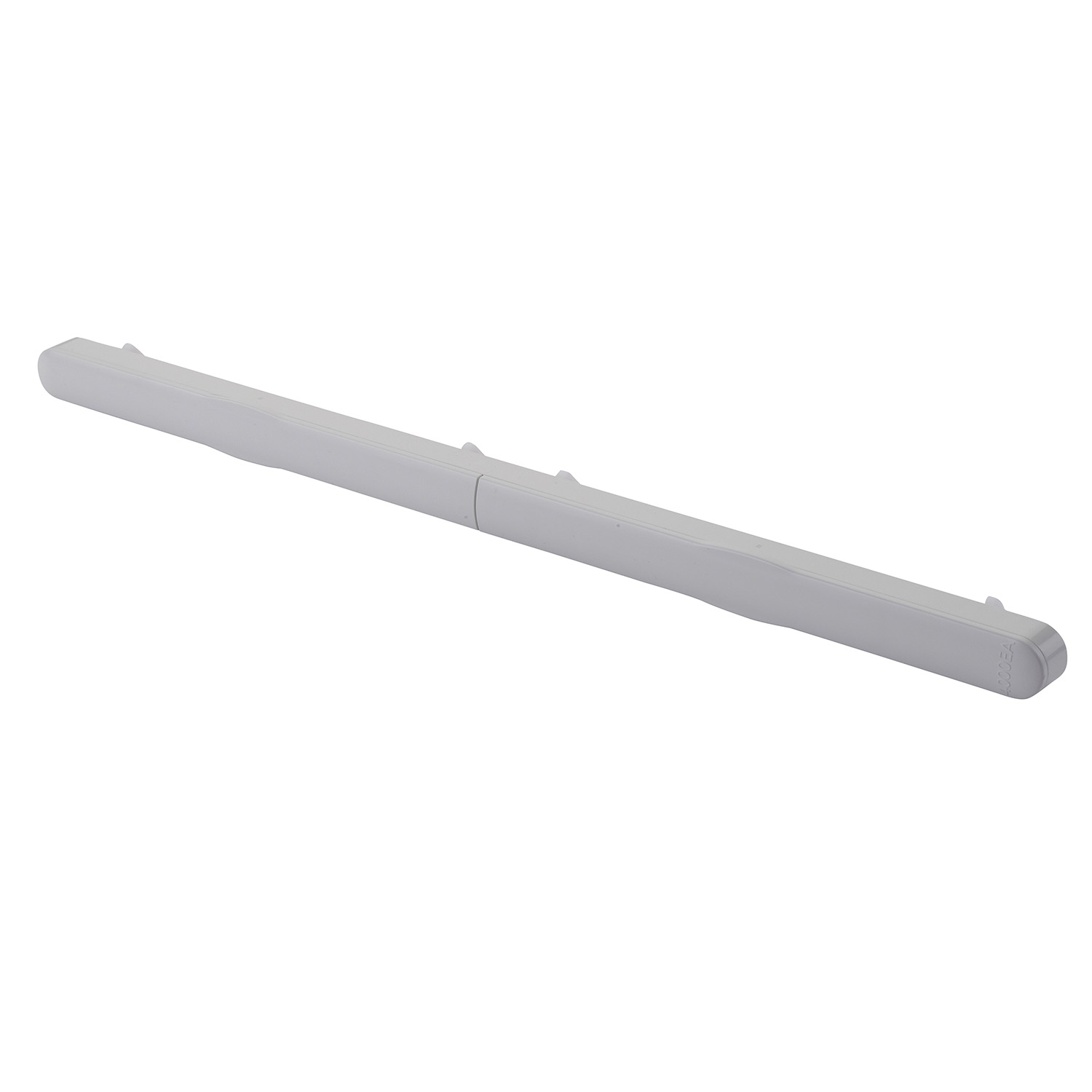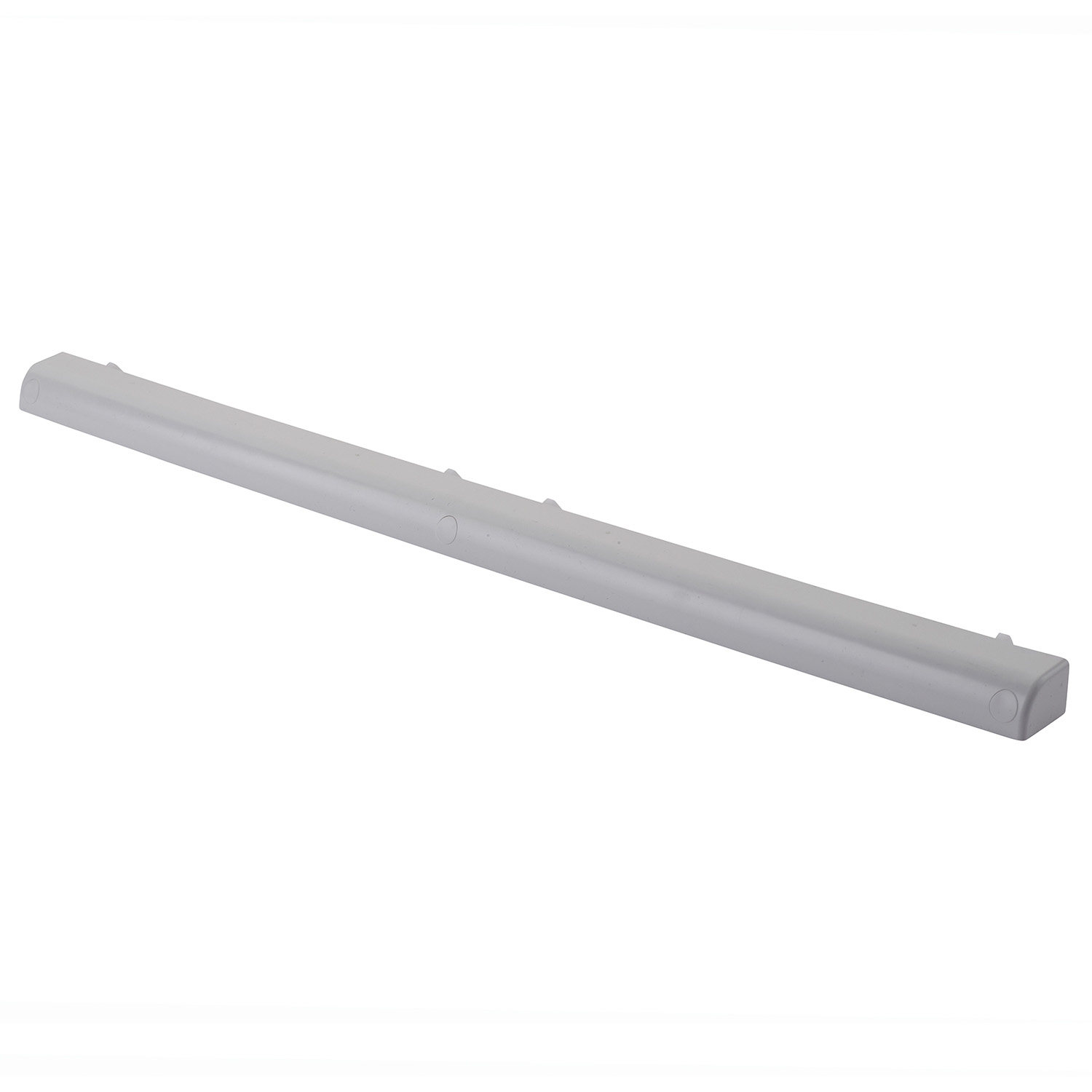Talking Trickle Vents with ERA
In June 2022, changes to the UK Building Regulation’s Parts F and L came into effect to better protect the health of occupants and to ensure the energy efficiency of properties. Two years on, Jason Tonks, Technical Product, Certification and Compliance Manager at Tyman UK & Ireland, a division of the Tyman group that includes ERA, discusses the latest requirements and urges installers and manufacturers to ensure compliance.
In a push to prevent the health implications that come from exposure to damp and mould, and to conserve fuel and power within homes, changes to the Building Regulation’s Approved Document F, concerned with ventilation, and Approved Document L, concerned with energy ratings, were published on 15th December 2021, coming into effect officially on 15th June 2022.
These new regulations state that trickle vents are no longer optional but a requirement by law. In addition, the latest update details the minimum ventilation required in habitable rooms, kitchens, and bathrooms. While the responsibility lies with the installer to ensure compliance, some may still be unaware of the changes. So, here we discuss the requirements and how to ensure alignment with regulations.
Building Regulations and Standards
The new versions of Part F and L set out changes for new build applications and replacement windows, covering new minimum requirements.
All dwellings require vents that are at least 8000mm2 equivalent area (EQA) in habitable rooms and kitchens for multiple-floor dwellings, this rises to 10,000mm2 in single-storey dwellings. EQA is the measurement indicating how much air flows through a vent. Bathrooms must have a minimum of 4000mm2 , and while WCs and utility rooms do not have a minimum requirement, they must still be vented. These measurements are calculated by room, off the back of the blueprint of the property. In addition, all vents must have their EQA performance stamped on their internal section.
It is also important to note here, the Decent Homes Standard, which is relevant to social housing. While replacement windows in such properties are covered by the new Building Regulations, the standard also calls for consideration to improve the overall energy efficiency of a property. This could be achieved by adding insulation or ventilation, even if it already meets the minimum requirements.
Proof of compliance
In new build applications, each home requires confirmation that it aligns with the latest Building Regulations. This comes in the form of certification, which must be provided when the house is sold.
When it comes to replacement windows, the same follows. Certification should be provided when it comes to the sale of a house. Homeowners unable to provide documentation that proves that the ventilation requirements have been met may experience difficulty in selling. Such requirements are policed by competent person schemes, such as Fensa, Assure, Certass and LABC.
In both circumstances, it is the responsibility of the installation company to prove they have installed the required ventilation.
Ensuring adequate ventilation
Heat recovery, mechanical ventilation systems and extractor fans are all options when it comes to ventilation. However, as a cost-effective solution for natural ventilation, trickle vents are commonly used due to ease of installation whilst providing the required ventilation. In some instances, ventilation and air flow quality may be further enhanced by installing one or more, of the aforementioned systems, in conjunction with the trickle vents
A trickle vent is a device fitted to a window or door to enable air from outside to trickle through into the inside of a property. They are designed to act as a means of ventilation, without needing to compromise the security of a property by leaving a door or window open.
The new requirements, as laid out in the new Building Regulations, render older, smaller vent sizes, such as 2000mm2 and 3000mm2, redundant. Installers can achieve the minimum requirement of 8000mm2 EQA in habitable rooms and kitchens in multiple-floor dwellings, or 10,000mm2 EQA in single-storey dwellings by using two link vents per room. For example, installing 2 x 4000mm2 EQA to achieve 8000mm2 EQA.
Options with ERA
Stocked and ready to fit, ERA’s range of trickle vents allow installers to easily achieve the minimum requirements dictated by Part F and Part L. Available in sizes 2500mm2, 4000mm2 and 5000mm2, with a range of colours and fitting options, ERA trickle vents offer a compact design for discreet yet effective ventilation.
For installation within seconds, each vent pushes into place with fixing clips, automatically centring the vent in the rout, aiding location to ensure a correct fit. There is also the option to screw fix, if preferred.
In addition, the innovative link feature allows the closure plate to be positioned to reduce draughts, with the benefit of easily controlling airflow and directing it away from residents. What’s more, external and internal options are supplied separately to suit the finish of both external and internal windows.
Keeping up-to-date with the latest changes to regulations can be a difficult task, especially given that updates are becoming more frequent in light of sustainability and public health initiatives. However, it is essential that installers comply with the latest legislation, not only to ensure they are not in breach of the law, but to make certain that their customers are able to reside in safe and sustainable homes.




